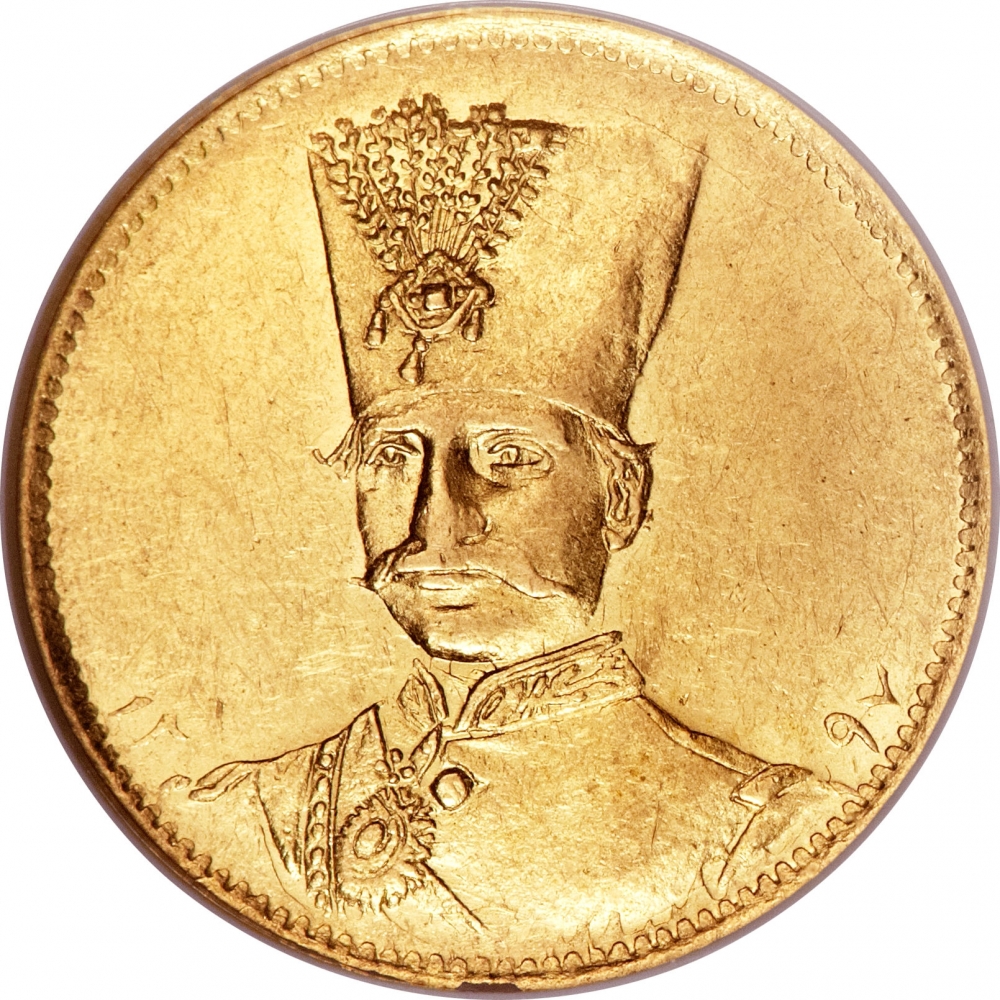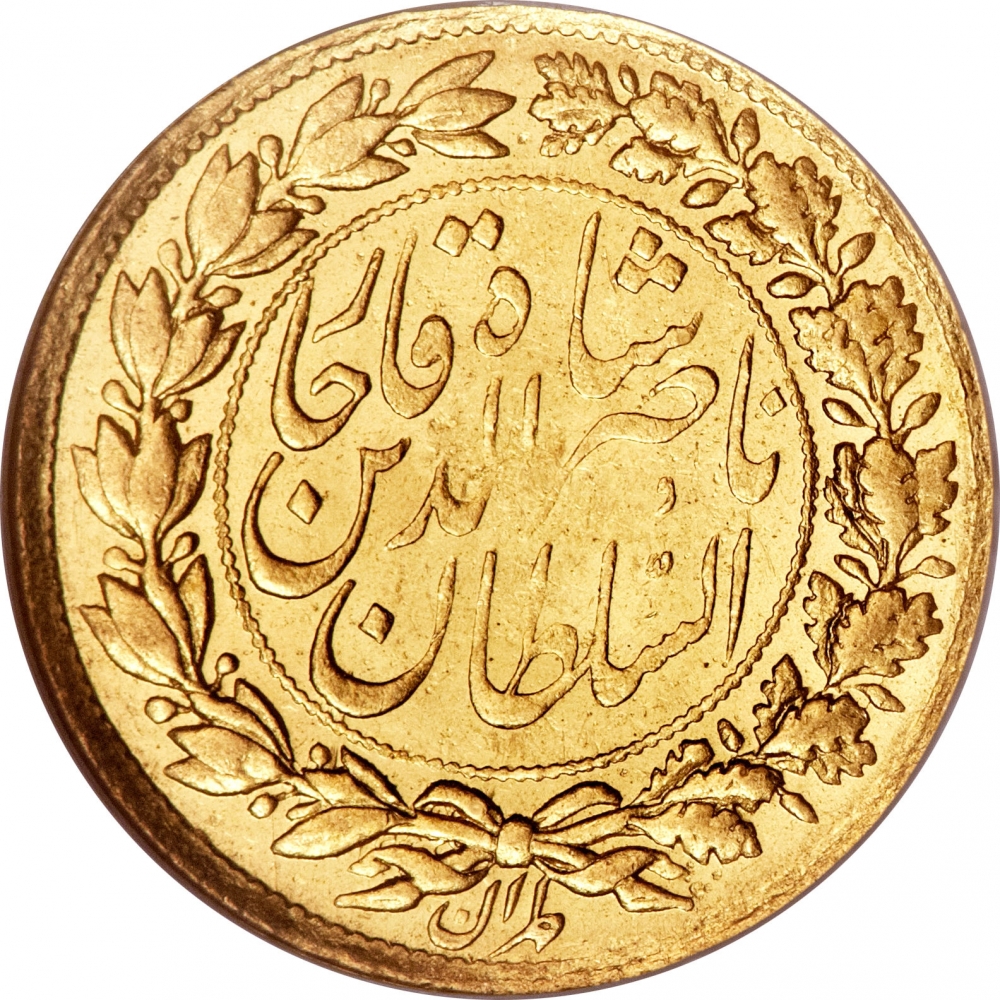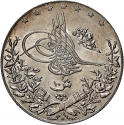You are about to finish your registration. Please check your mailbox (including spam folder). There should be a letter with a confirmation link. Check setting to make sure that your e-mail address is correct.
Send letter againDescription
The Persian Empire is any of a series of imperial dynasties centered in Persia (Iran). The Qajar dynasty was an Iranian royal dynasty of Turkic origin, which ruled Persia (Iran) from 1785 to 1925. The state ruled by the dynasty was officially known as the Sublime State of Persia.
Historically, Iran has been referred to as Persia by the West, due mainly to the writings of Greek historians who called Iran Persis (Περσίς), meaning "land of the Persians." As the most extensive interactions the Ancient Greeks had with any outsider was with the Persians, the term persisted, even long after the Persian rule in Greece. In 1935, Reza Shah requested the international community to refer to the country by its native name, Iran.
The Iranian toman (from Mongolian tümen "unit of ten thousand") is a superunit of the official currency of Iran, the rial. It was divided into 10,000 dinars. Between 1798 and 1825, the toman was also subdivided into 8 rial, each of 1250 dinar.
Obverse

|
Uniformed bust of Naser al-Din Shah Qajar 1/4 left divides a date in Hijri calendar (1297AH), without a legend. ۱۲۹۷ |
|---|---|
Reverse

|
Legend "Sultan Naser al-Din Shah Qajar" and "Tehran" and value within beaded circle and wreath. السُّلطان ناصرالدین شاه قاجار |
| Edge | - |






_Dollars_10/Ellen_Wilson_2013_28.05.2022_23.03-125.jpg)
_Dollars_10/Ellen_Wilson_2013_28.05.2022_23.03_01-125.jpg)